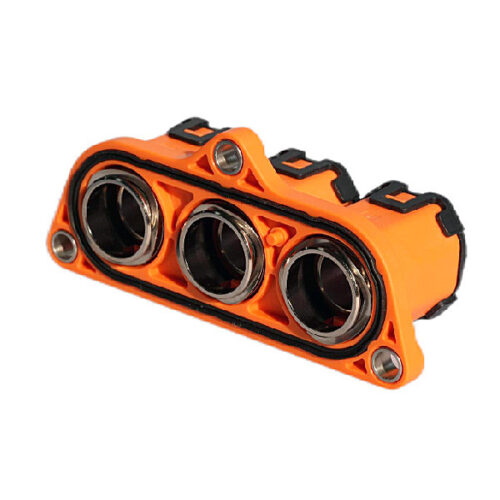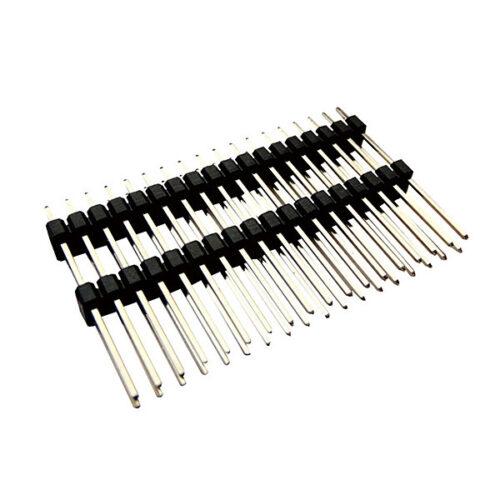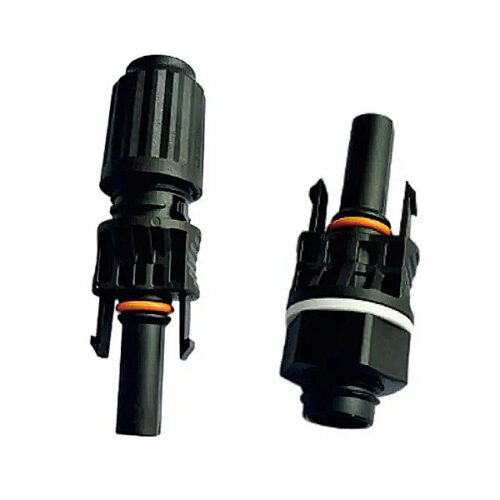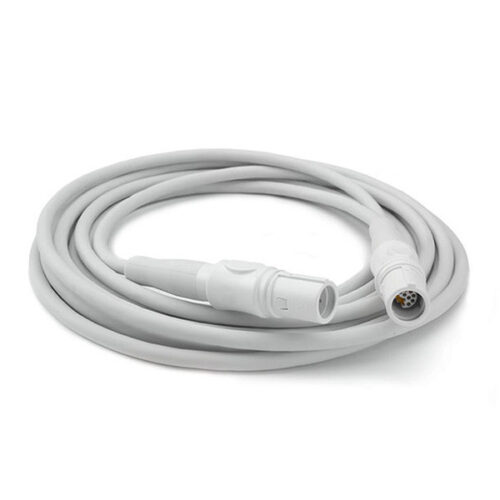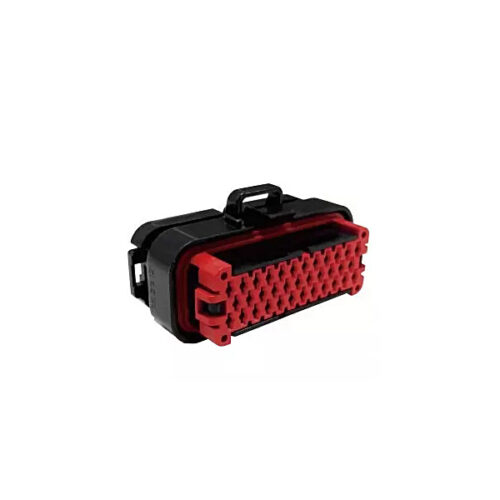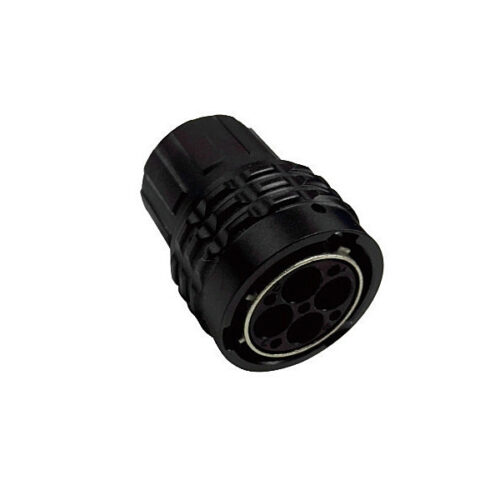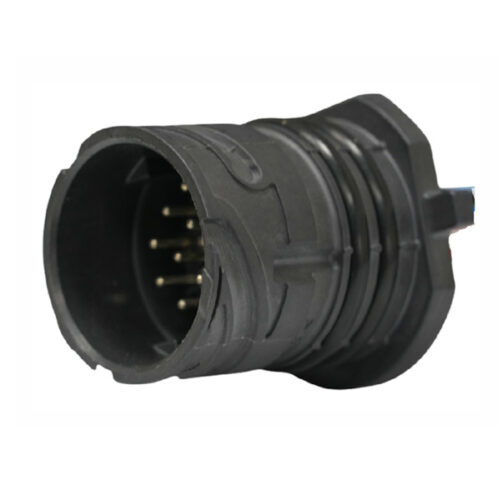Blogs & News
We are focus on automotive wiring harness & connectors technology.
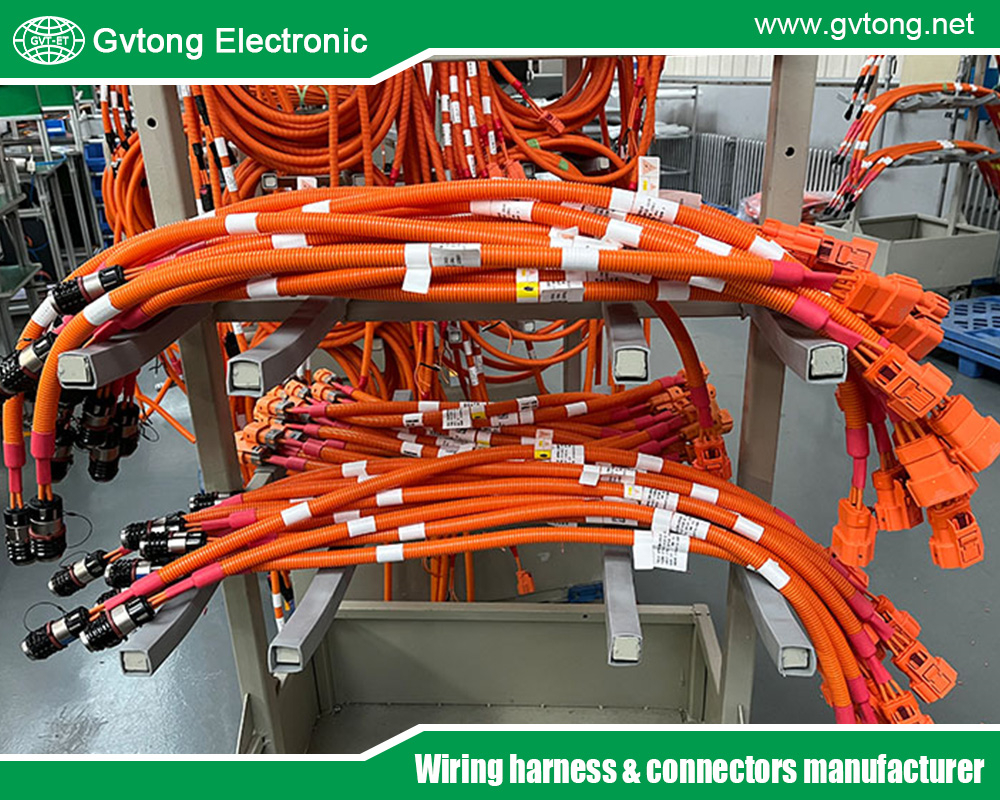
Top Tips to Prevent Wear in Automotive Wiring
- Gvtong Electronic
- 2p 32p Automotive Connector Terminal Crimping, Anti-vibration automotive connectors, Automated assembly connectors Cost-effective automotive connectors, Automotive and Sealed PCB Wire Connectors, Automotive and Transportation Connector Companies Russia, automotive antenna connector, automotive camera connector, automotive camera connector malaysia, automotive camera connector manufacturer, automotive camera connector manufacturer in malaysia, Automotive camera connector types, Automotive Camera Connectors, Automotive Camera LVDS Cable-Waterproof, Automotive Camera Module Connectors, automotive cavity connectors, Automotive Coaxial Camera Connectors, Automotive power distribution connector, Automotive Wiring, automotive wiring connectors malaysia, automotive wiring hamess, Automotive Wiring Harness Companies, automotive wiring harness connectors and terminals, Automotive Wiring Harness Market, automotive wiring manufacturer, automotive wiring supplier, odm automotive wiring connectors, oem automotive wiring connectors, Philippines Automotive Wiring Harness Market, Reduce Failure-Inducing Wear Automotive Wiring, reduce failure-inducing wear in automotive wiring, Reduce Wear in Automotive Wiring, Top 10 Automotive Wiring Harness Companies, Top Automotive Wiring Harness Manufacturers and Suppliers
- No Comments
Top Tips to Prevent Wear in Automotive Wiring
Automotive wiring is the lifeline of modern vehicles, powering critical systems from headlights to electric vehicle (EV) battery packs and advanced driver-assistance systems (ADAS). As vehicles become more electrified and complex, wiring harnesses, connectors, and pigtail conductors face increasing wear from vibration, abrasion, heat, and moisture. Left unchecked, this wear can lead to electrical failures, safety hazards, and costly repairs. In EVs and hybrids, where high-voltage systems demand reliability, preventing wiring wear is critical to ensuring performance and longevity.Protecting automotive wiring requires proactive strategies to mitigate environmental and mechanical stresses. This article provides five practical tips to prevent wear in automotive wiring, drawing on insights from previous discussions on pigtail conductors, moisture protection, and DIY vs. professional repairs. By selecting durable materials, optimizing routing, managing moisture and heat, and maintaining systems, car owners, technicians, and engineers can extend wiring lifespan and enhance vehicle reliability. Whether you’re maintaining a traditional car or an EV, these tips will help safeguard your electrical systems against failure-inducing wear.
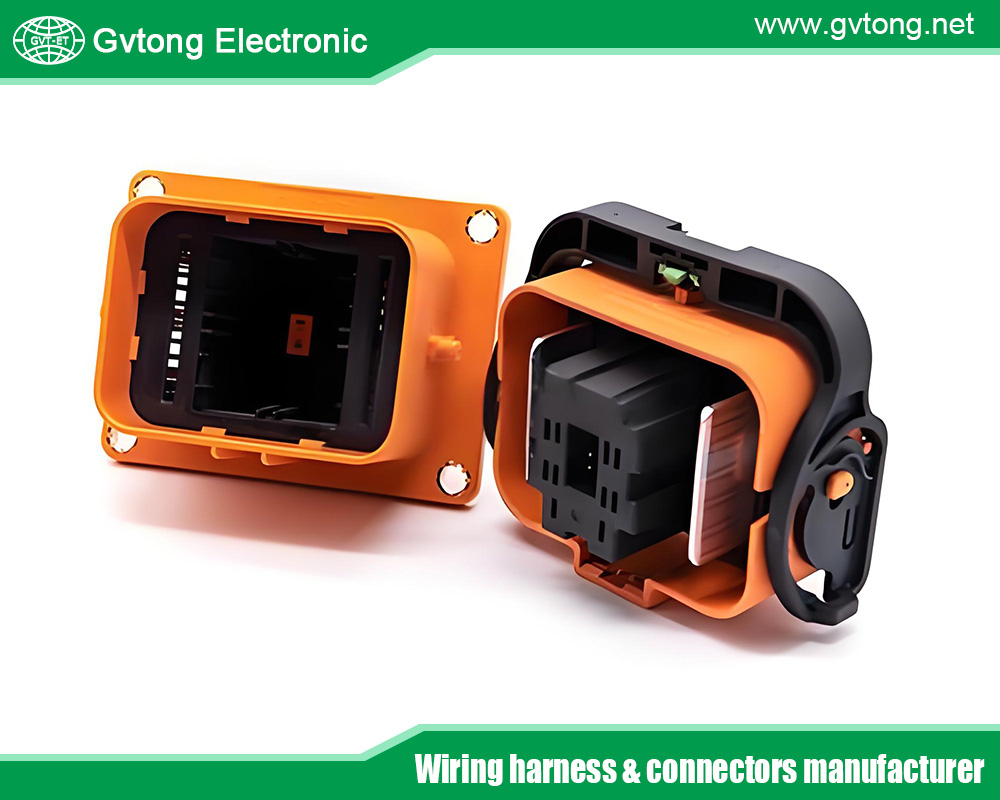
Understanding Wear in Automotive Wiring
Wear in automotive wiring results from physical and environmental stresses that degrade conductors, insulators, and connectors over time. Common causes include:
- Vibration: Constant road vibrations loosen connections and cause wires to rub against sharp edges, leading to fraying or insulation damage.
- Abrasion: Wires in tight spaces or near moving parts (e.g., engine components) can wear down due to repeated contact.
- Heat: High-current systems, like EV battery packs or inverters, generate heat that can degrade insulation or weaken conductors.
- Moisture and Corrosion: As discussed in prior articles, water ingress causes corrosion, increasing resistance and risking short circuits.
- Electrical Stress: Overloading circuits or poor connections can accelerate wear by causing arcing or overheating.
Common failure points include wiring harnesses, connectors, and pigtail conductors, which are critical for flexibility in tight spaces. In EVs and hybrids, high-voltage systems amplify these risks, as wear in a battery management system (BMS) or inverter can lead to catastrophic failures. For example, a frayed pigtail conductor in a battery pack may cause voltage drops, reducing range or triggering safety faults. Understanding these wear mechanisms is the first step toward implementing effective prevention strategies.
Tip 1: Use Durable, High-Quality Materials
Selecting wear-resistant materials is foundational to preventing wiring degradation. High-quality conductors and insulators can withstand the harsh automotive environment, reducing the risk of failure.
- Conductors: Choose tinned copper or nickel-plated alloys for their corrosion resistance and durability, especially in high-vibration or humid conditions. As discussed in the pigtail conductors article, braided or stranded conductors, like those used in pigtail assemblies, offer flexibility and resist fatigue better than solid wires.
- Insulators: Opt for materials like silicone, Teflon, or cross-linked polyethylene (XLPE), which resist abrasion, heat, and moisture. These insulators maintain flexibility while protecting against environmental wear, as highlighted in the moisture protection article.
- Standards Compliance: Ensure materials meet automotive standards, such as ISO 6722 or SAE J1128, for temperature, abrasion, and chemical resistance. For EVs, high-voltage-rated materials are essential to handle 400–800V systems safely.
For example, using tinned copper pigtail conductors with silicone insulation in an EV charging system can prevent wear from vibration and moisture. Investing in quality materials upfront reduces long-term maintenance costs and enhances reliability, whether for OEM designs or DIY repairs.
Tip 2: Optimize Wiring Routing and Securing
Strategic routing and securing of wiring harnesses minimize physical stress and abrasion, key contributors to wear. Poorly routed wires can rub against sharp edges or vibrate excessively, leading to insulation damage or conductor fatigue.
- Plan Routing Carefully: Use 3D modeling or vehicle schematics to route wiring away from high-wear areas, such as engine compartments, wheel wells, or moving parts. Avoid tight bends that stress conductors, and incorporate drip loops to prevent moisture from traveling along wires, as noted in the moisture protection article.
- Use Protective Sleeves and Conduits: Encase wiring in abrasion-resistant sleeves (e.g., nylon or PET braiding) or rigid conduits to shield against rubbing or impact. For pigtail conductors in tight spaces, flexible conduits maintain mobility while adding protection.
- Secure with Clips and Ties: Use automotive-grade clips, zip ties, or mounting brackets to anchor wiring and prevent movement. Ensure ties are not overly tight, as this can crush insulation or conductors, accelerating wear.
For instance, in an EV battery pack, securing pigtail conductors with clips prevents vibration-induced fraying. Regularly inspect routing during maintenance to ensure wires remain secure and undamaged, especially in high-vibration environments.
Tip 3: Protect Against Moisture and Corrosion
Moisture is a leading cause of wiring wear, as it promotes corrosion and degrades insulation, as discussed in the moisture protection article. Preventing moisture ingress is critical for wiring longevity.
- Seal Connectors and Harnesses: Use IP67- or IP68-rated connectors to block water ingress, especially in exposed areas like underbody wiring. Apply potting compounds or conformal coatings to seal sensitive connections, such as those in ADAS sensors or EV charging ports.
- Apply Hydrophobic Coatings: Use dielectric grease or hydrophobic sprays on connectors to repel water and reduce corrosion risk. These are particularly effective for pigtail conductors in humid or coastal environments.
- Inspect Regularly: Check for signs of moisture damage, such as green corrosion on copper conductors or brittle insulation. Replace damaged components promptly to prevent cascading failures.
For example, a DIYer upgrading a hybrid’s auxiliary system can apply silicone seals to pigtail connectors to protect against road splash. By prioritizing moisture protection, you can significantly reduce corrosion-related wear and maintain electrical performance.
Tip 4: Manage Heat and Electrical Stress
Heat and electrical stress accelerate wiring wear by degrading insulation and weakening conductors, particularly in high-current systems like EV battery packs or inverters. Effective management is essential for durability.
- Prevent Overheating: Ensure wiring is sized appropriately for current loads to avoid overheating. For example, use braided pigtail conductors, which offer better heat dissipation due to their increased surface area, as noted in the pigtail conductors article.
- Monitor Insulation Integrity: Choose insulators rated for high temperatures (e.g., silicone for up to 200°C) to withstand heat from engines or high-voltage systems. Regularly inspect for signs of melting or cracking, which indicate thermal stress.
- Avoid Electrical Overload: Use fuses or circuit breakers to protect wiring from overcurrent. Test connections with a multimeter to ensure low resistance and prevent arcing, which can weaken conductors over time.
In an EV, for instance, using braided conductors in the inverter system can dissipate heat effectively, reducing wear. Regular thermal imaging during maintenance can identify hotspots before they cause damage.
Tip 5: Implement Regular Maintenance and Testing
Proactive maintenance and testing are critical to detecting and preventing wear before it leads to failures. Regular checks catch early signs of degradation, saving time and money.
- Inspect for Wear: Routinely examine wiring harnesses, pigtail conductors, and connectors for fraying, abrasion, or loose connections. Pay special attention to high-vibration areas like engine bays or undercarriages.
- Use Diagnostic Tools: A multimeter can measure resistance or continuity to identify worn conductors or faulty connections. For complex systems, use scan tools to detect error codes related to electrical faults, as discussed in the DIY vs. professional article.
- DIY vs. Professional Maintenance: Simple inspections, like checking for corrosion or securing loose clips, are DIY-friendly. However, complex diagnostics or repairs in high-voltage EV systems should be handled by professionals with ASE or EV-specific certifications.
For example, a technician maintaining a fleet of electric buses might use thermal imaging to detect overheating in wiring harnesses, preventing failures. DIYers can adopt similar practices with affordable tools like multimeters, ensuring wiring remains in top condition.
Case Studies and Practical Examples
Wear-related wiring failures have significant implications, as seen in real-world cases. In 2020, a major automaker recalled vehicles due to worn wiring harnesses rubbing against underbody components, causing short circuits and potential fires. The issue was resolved by rerouting wires and adding protective sleeves, highlighting the importance of proper routing and shielding.Tesla’s EVs demonstrate effective wear prevention, using braided pigtail conductors and sealed connectors to protect battery pack wiring from vibration and moisture. DIY enthusiasts have also succeeded by applying these principles, such as using PET sleeves to protect aftermarket wiring in classic car restorations. These examples show that combining durable materials, strategic routing, and regular maintenance can prevent wear, aligning with the tips above.
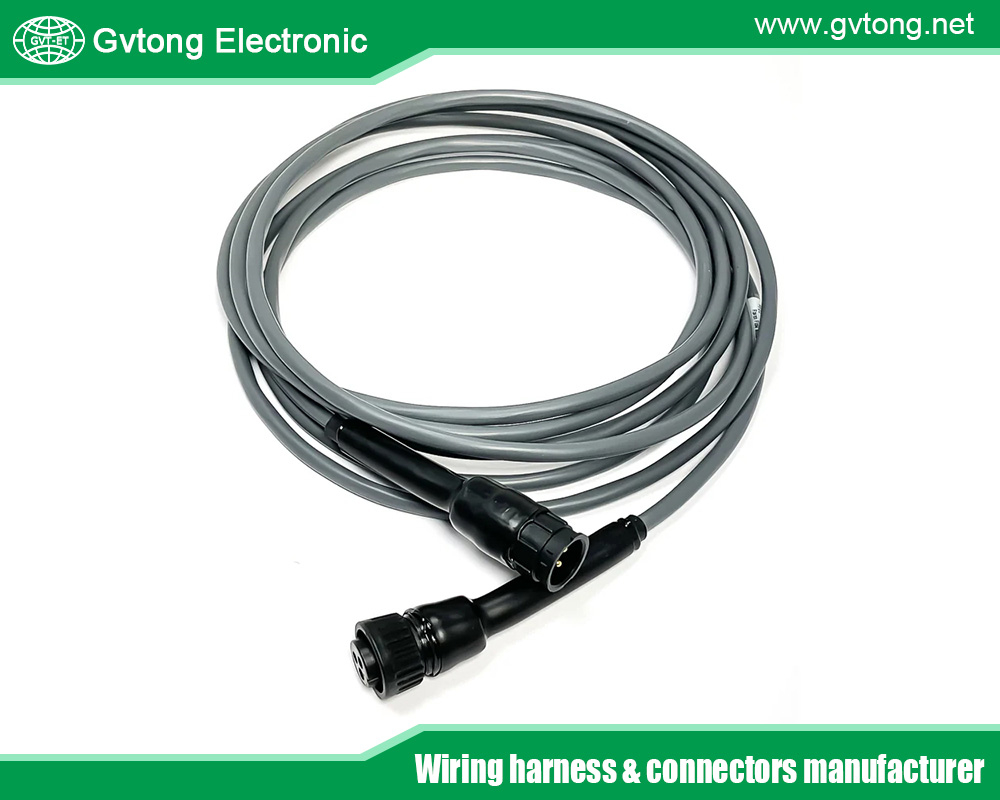
Conclusion
Preventing wear in automotive wiring is essential for ensuring vehicle reliability, safety, and longevity, particularly in EVs and hybrids. By using durable materials, optimizing routing, protecting against moisture, managing heat, and implementing regular maintenance, you can significantly reduce failure-inducing wear. These five tips, informed by insights on pigtail conductors and moisture protection, provide a roadmap for car owners, technicians, and engineers. Whether you’re a DIYer securing a wiring harness or a professional designing an EV system, proactive measures will keep your vehicle’s electrical systems robust. Take action today to protect your wiring and drive with confidence.
For more about the top tips to prevent wear in automotive wiring, you can pay a visit to Gvtong at https://www.gvtong.net/ for more info.


